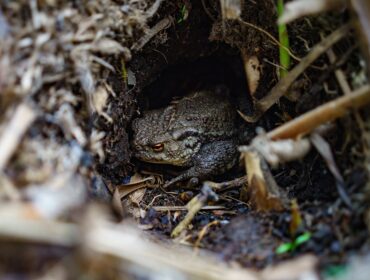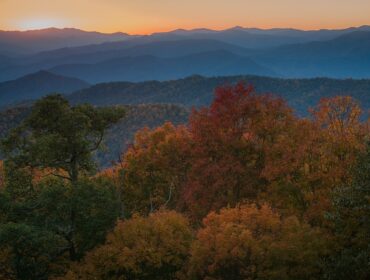They have been considered the enemy for centuries, from the days of the early American settler to modern ranches. Even in this modern era, some half million coyotes are killed every year. Despite this brutality, the resilient coyotes of North America have remained on the map.
History

Coyotes have been living in North America for tens of thousands of years. While they have long been an iconic part of Native America culture and legend, they became the bane of newcomers to America. With frequent attacks on livestock, this powerful predator posed a threat to their new way of life. In a triumph of nature over man, coyote populations not only thrived, but expanded!
Nearly 200 years after colonists first set foot on what would become American soil, explorers Lewis and Clark were the first non-native people to encounter the coyote. Unlike most wild species, coyotes have expanded their territory in the wake of a burgeoning human population. Originally residing only in the areas west of the Rocky Mountains, coyotes have migrated all the way to the eastern coast of the US, thriving even in major metropolitan areas like New York City and Chicago.
Adaptations

One reason for their success is their remarkably adaptive breeding habits. Coyotes evolved alongside their canid cousin, the wolf, which would often kill the smaller coyote pups. As a result, they developed what is called a fission-fusion adaptation. This adaptation allows them to live as part of a pack or out on their own. Human beings have this same ability. If threatened, a lone coyote can leave the pack and survive on its own without difficulty.
Another adaptation coyotes have made is when populations are struggling, litter sizes begin to grow. A normal litter might yield five or six pups, but when under pressure of a dropping population, newer litters will double in size. Even if efforts to eradicate the predator wipe out half of them, within a year their population will rebound back to its original numbers. The key to this reproductive trick is in the coyote’s howls. If one group of coyotes doesn’t receive an answering call from another pack, it triggers a genetic response to bear more pups. Clearly, thanks to some amazing genetic coding, the coyotes of North America are here to stay.
Related articles: 10 Endangered Animal Species of North America also 5 North American Birds of Prey
Featured Image from Tahoe/Unsplash




